I move to Westlake University and join Liaoyong Wen’s group as a postdoctoral researcher in 7 May, 2024.
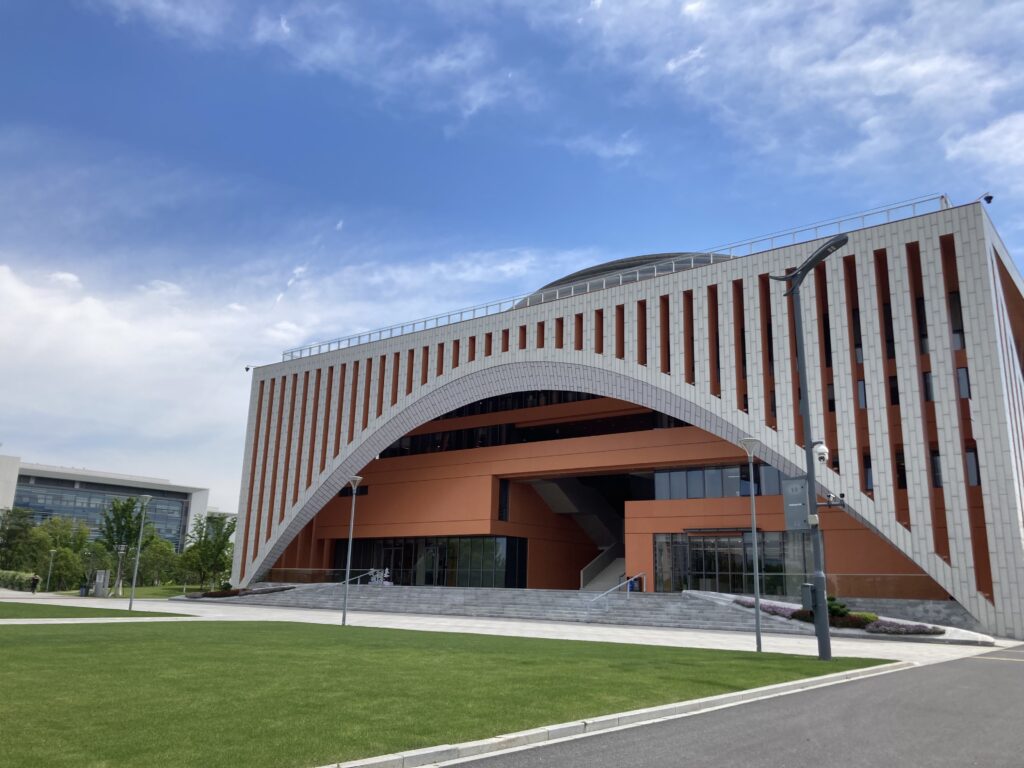
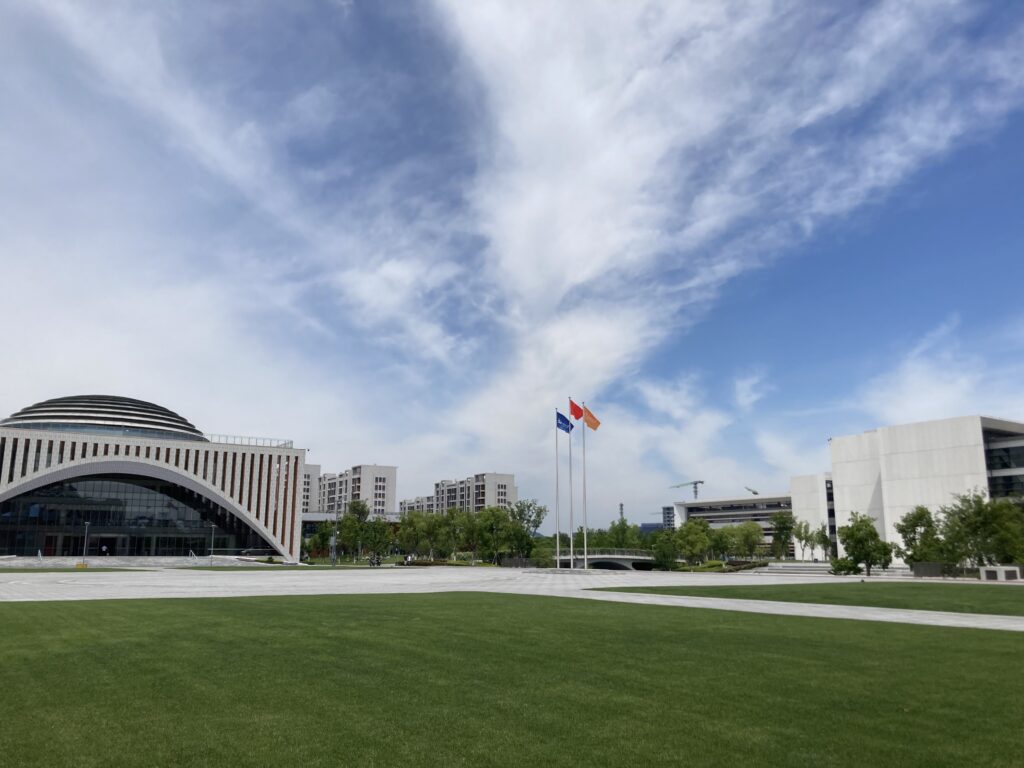
About Westlake University: https://en.westlake.edu.cn
About Wen’s group: https://3dnano.lab.westlake.edu.cn/

Postdoctoral researcher, Westlake University
I move to Westlake University and join Liaoyong Wen’s group as a postdoctoral researcher in 7 May, 2024.


About Westlake University: https://en.westlake.edu.cn
About Wen’s group: https://3dnano.lab.westlake.edu.cn/
In January 20th 2023, I had a Science Dialogue in Kyoto Municipal Kyoto Kogakuin Senior High School (京都市立京都工学院高等学校). The Science Dialogue Program held by Japan Society for the Promotion of Science (JSPS) aims to introduce Japanese high school students to the realm of science.
In the lecture, I shared the topic about “Development of nanofibers from nature for society innovation”.
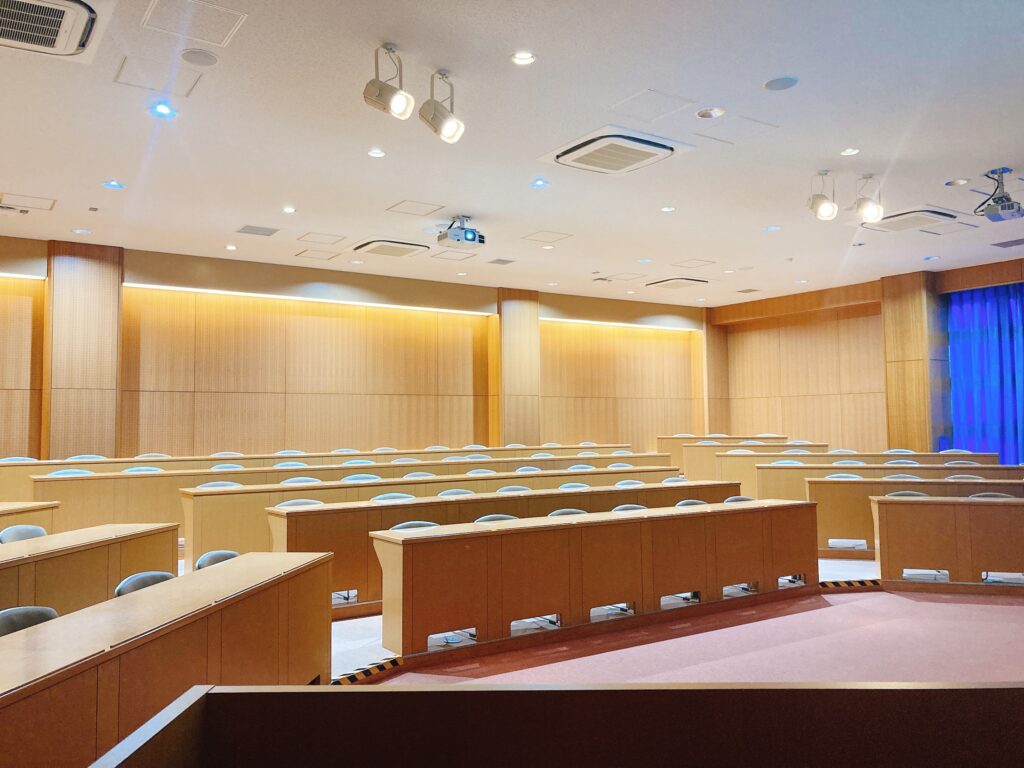
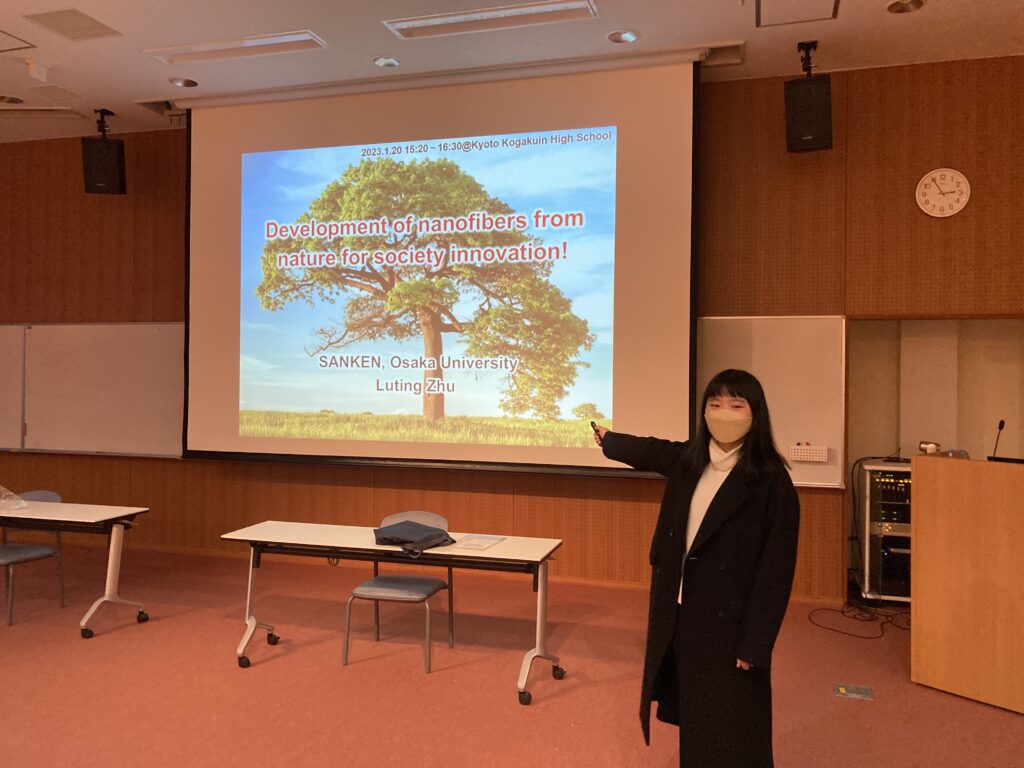
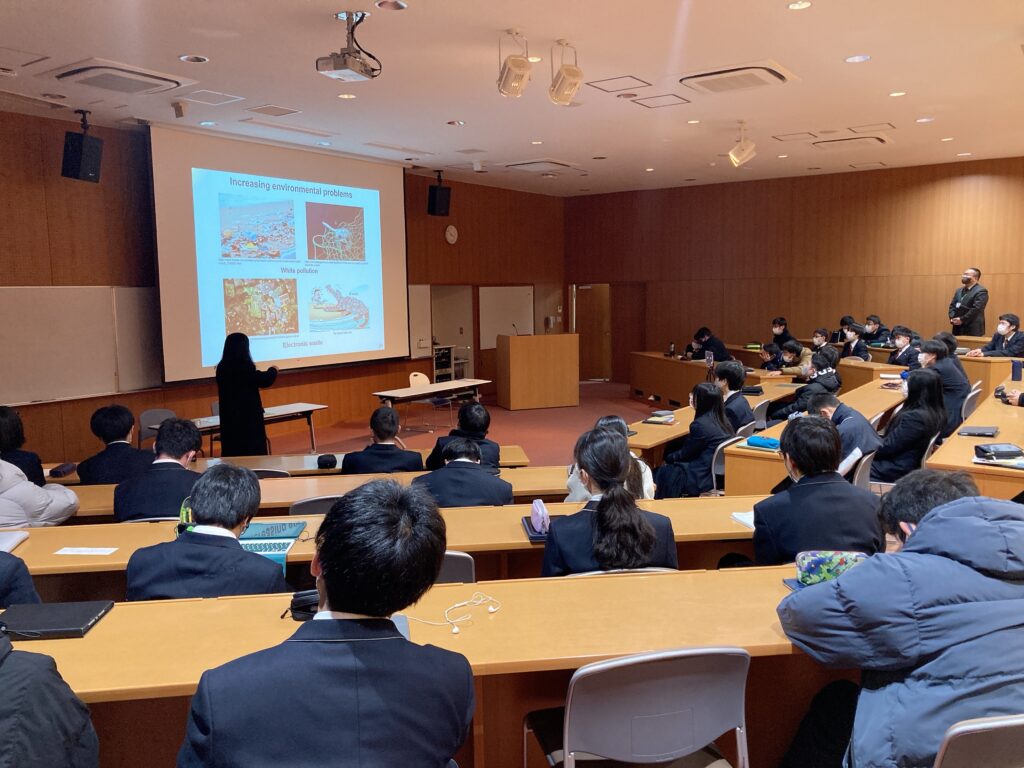
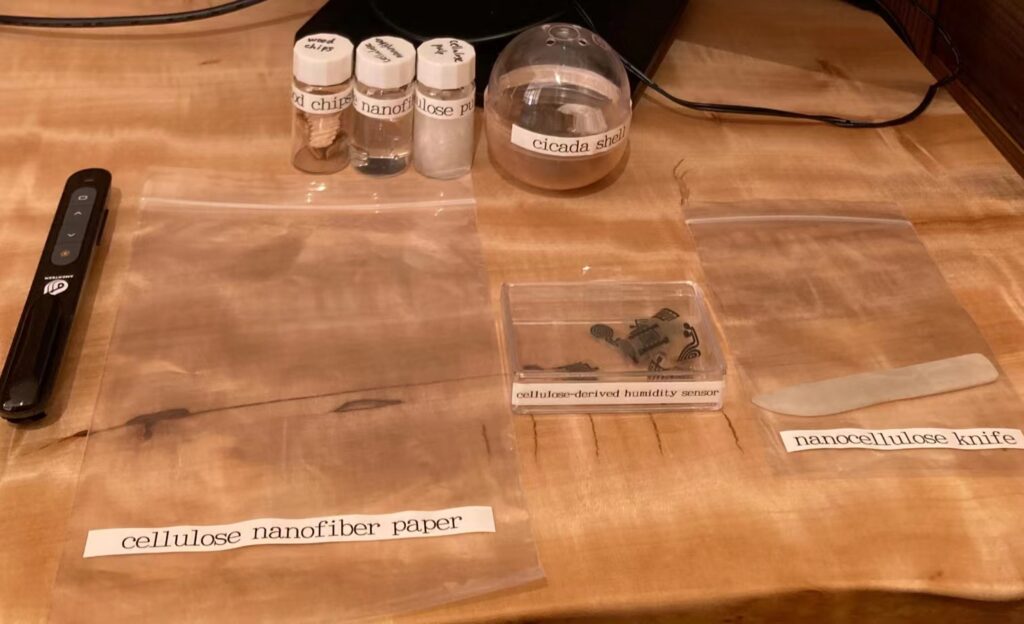
The report from Kyoto Municipal Kyoto Kogakuin Senior High School is below:
http://cms.edu.city.kyoto.jp/weblog/index.php?id=300254&type=1&column_id=2030502&category_id=12322
On July 4th 2022, Xiang Li’s paper about chitin-derived-nanocarbon aerogel for microwave absorption was accepted by Chemical Engineering Journal!
Chitin-derived-carbon nanofibrous aerogel with anisotropic porous channels and defective carbon structures for strong microwave absorption
X. Li, L. Zhu, T. Kasuga, M. Nogi, H. Koga*
Chemical Engineering Journal, in press
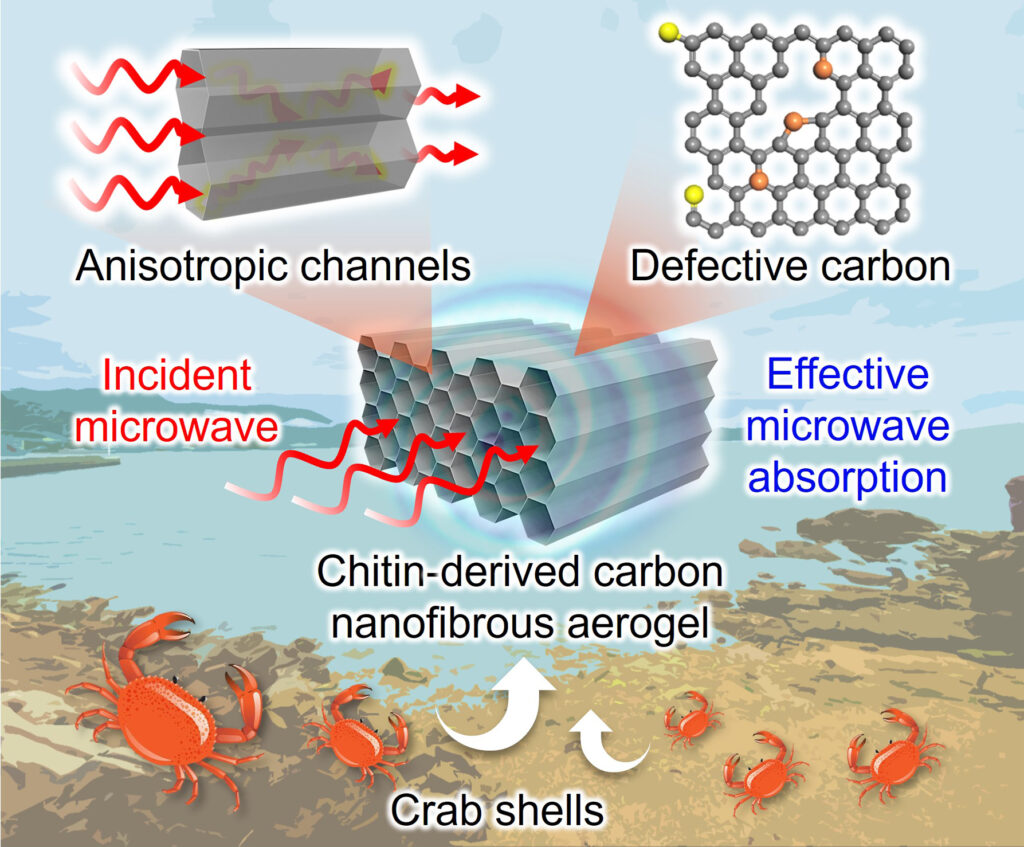

Congratulations!
On March 24th 2022, I graduated and got my doctor’s degree.
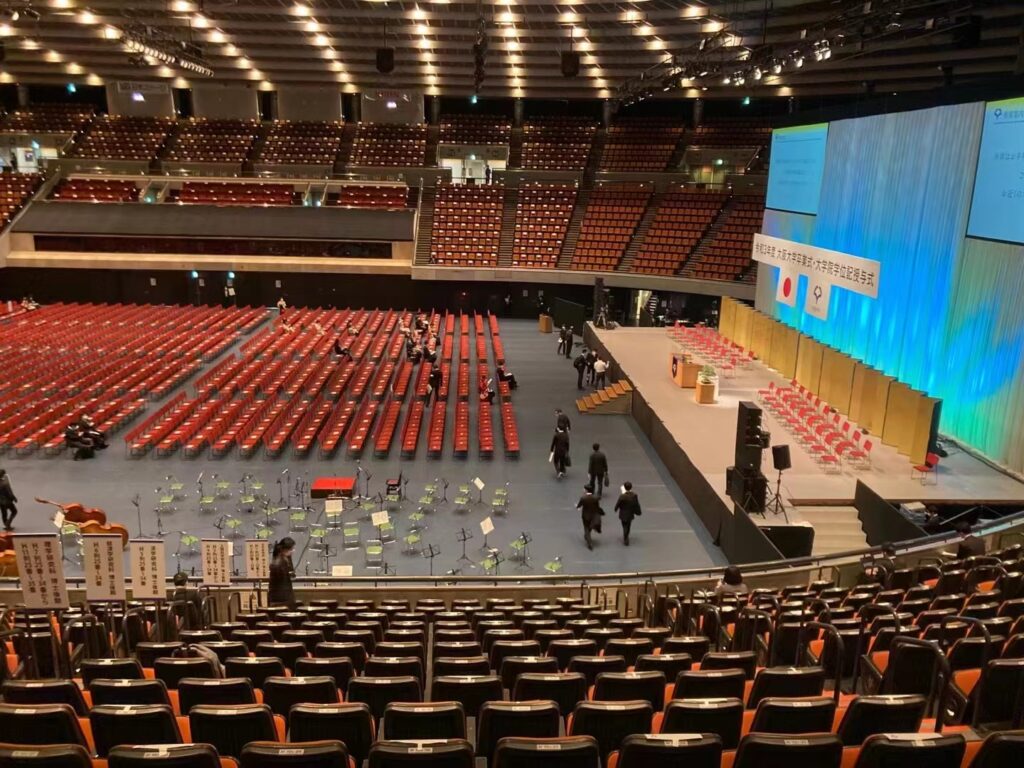
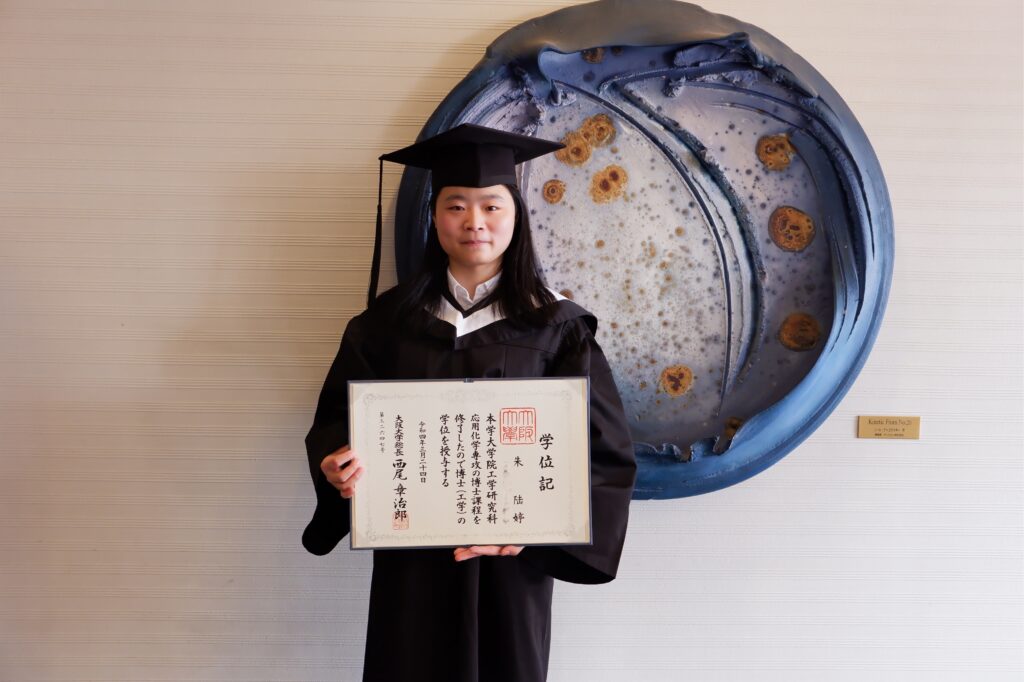
Thank you everyone!!!
On March 12, 2022, my supervisor’s paper about 3D nanocellulose paper semiconductor was accepted by ACS Nano! Congratulations!
Nanocellulose Paper Semiconductor with a 3D Network Structure and Its Nano–Micro–Macro Trans-Scale Design
H. Koga*, K. Nagashima*, K. Suematsu, T. Takahashi, L. Zhu, D. Fukushima, Y. Huang, R. Nakagawa, J. Liu, K. Uetani, M. Nogi, T. Yanagida, Y. Nishina
ACS Nano, (2022), in press
On March 11, 2022, my paper was published as an Inside Back Cover Paper by Journal of Materials Chemistry C!
All-cellulose-derived humidity sensor prepared via direct laser writing of conductive and moisture-stable electrodes on TEMPO-oxidized cellulose paper
Luting Zhu, Xiang Li, Takaaki Kasuga, Kojiro Uetani, Masaya Nogi and Hirotaka Koga
J. Mater. Chem. C, 2022, 10, 3712–3719
https://doi.org/10.1039/D1TC05339F

On December 28, 2021, my paper “All-cellulose-derived humidity sensor prepared by direct laser writing of conductive and moisture-stable electrodes on TEMPO-oxidized cellulose paper” was accepted for publication in Journal of Materials Chemistry C !
All-cellulose-derived humidity sensor prepared via direct laser writing of conductive and moisture-stable electrodes on TEMPO-oxidized cellulose paper
L. Zhu, X. Li, T. Kasuga, K. Uetani, M. Nogi, H. Koga*
In 2021/12/17, the result for “令和4年度 (2022) 外国人特別研究員(一般)採用者” ( the JSPS Postdoctoral Fellowship for Research in Japan) came out. Fortunately, I was recruited as one of the fellows.
日本語版 https://www.jsps.go.jp/j-fellow/saiyo/pdf/r4/2022-1-8.pdf
English version https://www.jsps.go.jp/english/e-fellow/data/2022-1-e.pdf
Research theme: Development of all-cellulose-derived electronic and microfluidic devices by laser processing
研究課題:レーザープロセスによるオールセルロース電子・流体デバイスの創出
採用期間:2022/04/01~2024/03/31
(๑╹ヮ╹๑)ノ
On November 30, 2021, my paper “Polydopamine Doping and Pyrolysis of Cellulose Nanofiber Paper for Fabrication of Three-Dimensional Nanocarbon with Improved Yield and Capacitive Performances” is published in Volume 11, Number 12 of Nanomaterials!
Polydopamine Doping and Pyrolysis of Cellulose Nanofiber Paper for Fabrication of Three-Dimensional Nanocarbon with Improved Yield and Capacitive Performances
L. Zhu* , K. Uetani, M. Nogi, H. Koga*
Abstract
Biomass-derived three-dimensional (3D) porous nanocarbons have attracted much attention due to their high surface area, permeability, electrical conductivity, and renewability, which are beneficial for various electronic applications, including energy storage. Cellulose, the most abundant and renewable carbohydrate polymer on earth, is a promising precursor to fabricate 3D porous nanocarbons by pyrolysis. However, the pyrolysis of cellulosic materials inevitably causes drastic carbon loss and volume shrinkage. Thus, polydopamine doping prior to the pyrolysis of cellulose nanofiber paper is proposed to fabricate the 3D porous nanocarbons with improved yield and volume retention. Our results show that a small amount of polydopamine (4.3 wt%) improves carbon yield and volume retention after pyrolysis at 700 °C from 16.8 to 26.4% and 15.0 to 19.6%, respectively. The pyrolyzed polydopamine-doped cellulose nanofiber paper has a larger specific surface area and electrical conductivity than cellulose nanofiber paper that without polydopamine. Owing to these features, it also affords a good specific capacitance up to 200 F g−1 as a supercapacitor electrode, which is higher than the recently reported cellulose-derived nanocarbons. This method provides a pathway for the effective fabrication of high-performance cellulose-derived 3D porous nanocarbons.
On 2021/10/01, I got a Excellent Poster Award (優秀ポスター賞) on the 28th Annual Meeting of the Cellulose Society of Japan !
“Direct laser writing of stable electrodes on TEMPO-oxidized cellulose paper for all-cellulose-derived humidity sensors”
Luting Zhu, Xiang Li, Takaaki Kasuga, Kojiro Uetani, Masaya Nogi, Hirotaka Koga
The 28th Annual Meeting of the Cellulose Society of Japan (セルロース学会第28回年次大会)
Online, Japan, 2021/09/30-2021/10/01 (Poster)
